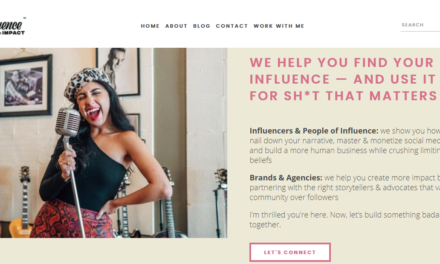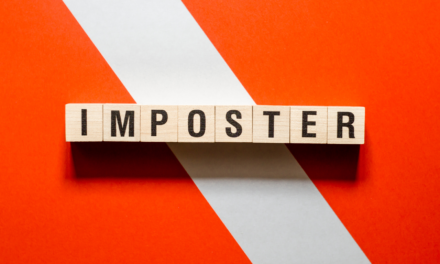Sporting events are one of the television events that networks and advertisers can still count on Americans to watch live. According to a Burst Media survey 54.2% of men will watch the Super Bowl as will 42.3% of women. Most of those viewers (79.7%) will watch the game live. Just 7.4% overall will watch it recorded-however more than one-quarter (27.0%) of 18-34 year-old men will watch it recorded. But in 2014, the Super Bowl isn’t the only sporting event. The Winter Olympics are approaching fast. These are two seemingly very different events with potentially huge audiences-and digital marketers may need to adjust their approaches accordingly.
“While the Olympics and Super Bowl are very different events, brands will be looking for ways to engage audiences and boost brand awareness at both events,” says Charles White, chief revenue officer of Mirror Image. “Still, the strategies will be different, in part because of the different lengths of each event, as well as the audiences they are targeting.”
Marketing to Super Bowl Fans
So much of the Super Bowl is about the ads-those big, splashy commercials that get seen across the country (and don’t get fast-forwarded through). But your strategy can’t end there. “The Super Bowl is just one night, so brands will be looking to make a splash and drive users to their websites or social media platforms for instant engagement,” says White. “Driving users to their websites in real-time will be the best way to build relationships and create a positive experience for their target audience, all in just one night. This will open the door for future interactions now that the audience associates the brand with the Super Bowl engagement experience. Since the Super Bowl has such a large viewing audience in such a short period of time, brands need their mobile websites to be prepared for heavy traffic spikes.”
Win Marketing Gold at the Olympics
But the Olympics are much different. The coverage stretches out over weeks and across multiple channels. Your strategy will have to change accordingly.
“The Super Bowl is different from the Olympics, which spans across two weeks. The strategy for brands marketing in the Olympics will have to focus on creating engagement over a longer period of time, such as prompting users to continually check the brand website for athlete updates, medals won per country, event updates, etc. The goal for brands who are marketing during the Olympic Games is to have users continuously engaging throughout the two weeks, solidifying brand loyalty.”
And there is another difference you have to take into consideration. “The other key difference is in audience. The Olympics will bring a much more international audience to the table, so brands will have to be prepared for users visiting their websites and mobile applications from all over the world,” White advises. “If brands aren’t prepared, this can cause site delays, slow loading times, and improperly displayed content for international visitors. If you are a brand looking to advertise throughout the Olympics, make sure your website can handle the global traffic and delivery of content to various locations, all with varying connection speeds and content requirements.”
Advice for Everyone
Very few brands can afford to advertise around these huge events, but there are still lessons to be learned. White says, “Anytime a brand launches a new campaign that features TV advertisements, there will be a challenge of handling the influx of viewers…Brands need to worry about website lag and slow loading times, and can prepare for such issues by making sure their website is prepared to handle the increased attention… Even just a few seconds of delay in load time can cause the audience to lose its attention and head elsewhere.”
And don’t forget, just because you can’t afford a television spot during one of the biggest sporting events of the year, doesn’t mean you can’t market to the fans. Social media has once again democratized marketing. “With the rise of second screen viewing, users more than ever are watching the commercials while being active on their smart phone or tablet,” says White. “In fact, this year it is projected that 36% of viewers will supplement their viewing experience with another device (via Century 21).”
He continues, “Brands looking to take advantage of social campaigns, much like Oreo’s timely ‘blackout’ Twitter post last year, still need to prepare for heavy traffic to their website. Part of creating a successful social campaign is having the audience talk about the campaign and interacting with the brand socially. That will include people searching for your brand and may ultimately lead them to visit the website to see if there is any more content, or to learn more about the brand.”
So no matter whom you are-and whether or not your marketing budget allows for a splashy Super Bowl ad, or for a spot as an Olympic sponsor-you would be wise to take advantage of these audiences with a well thought out campaign. And remember that old Boy Scout motto: Be Prepared!
(Image courtesy of Shutterstock.)






